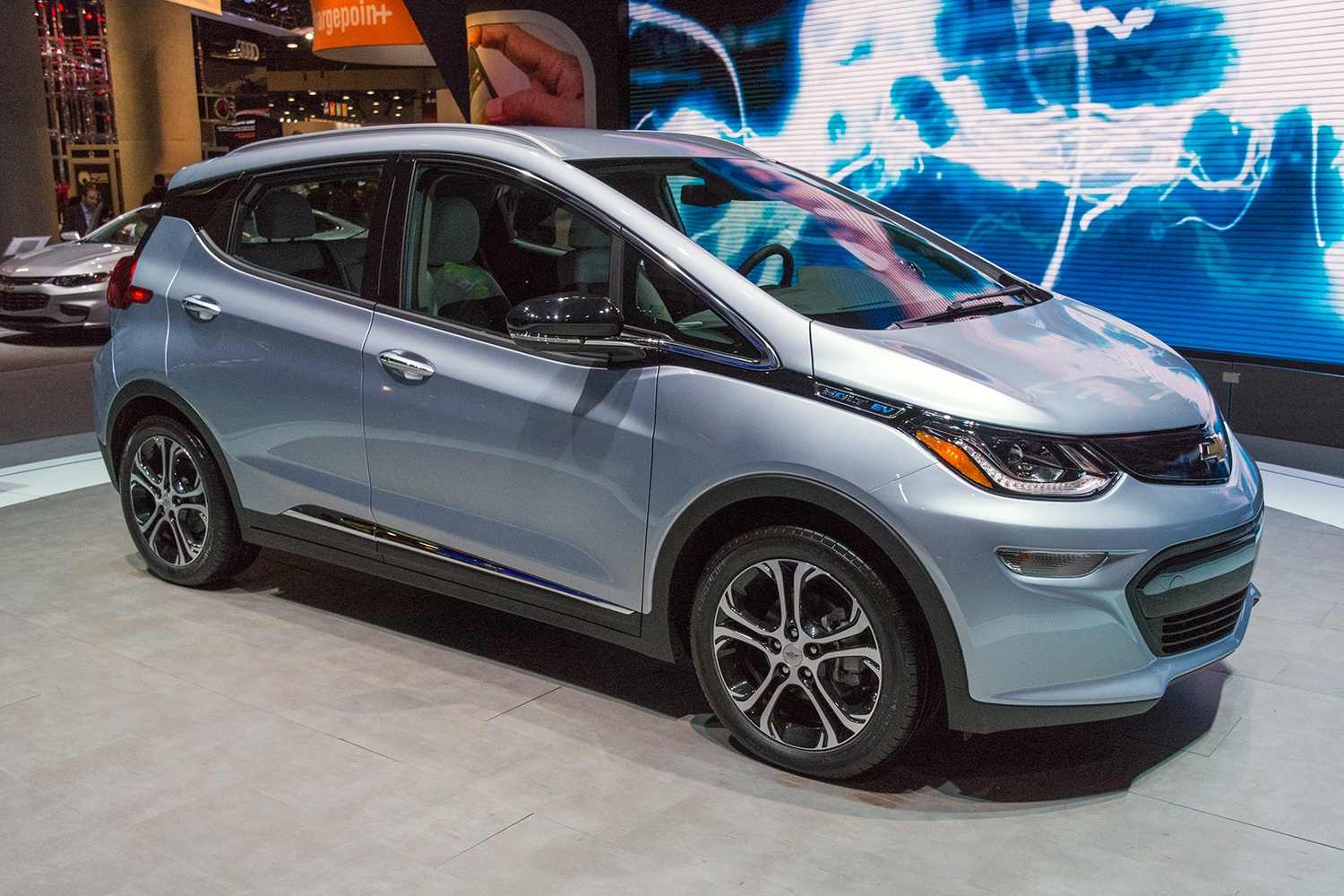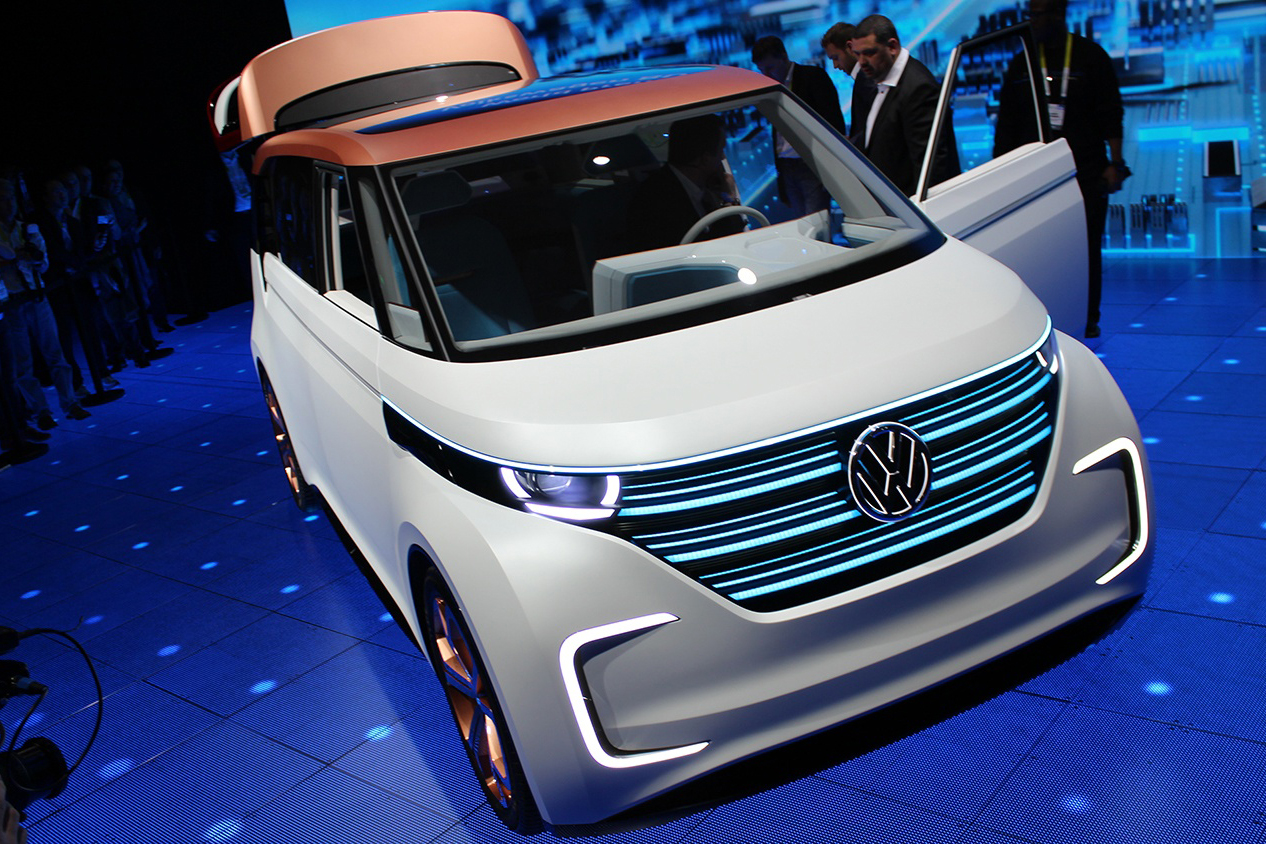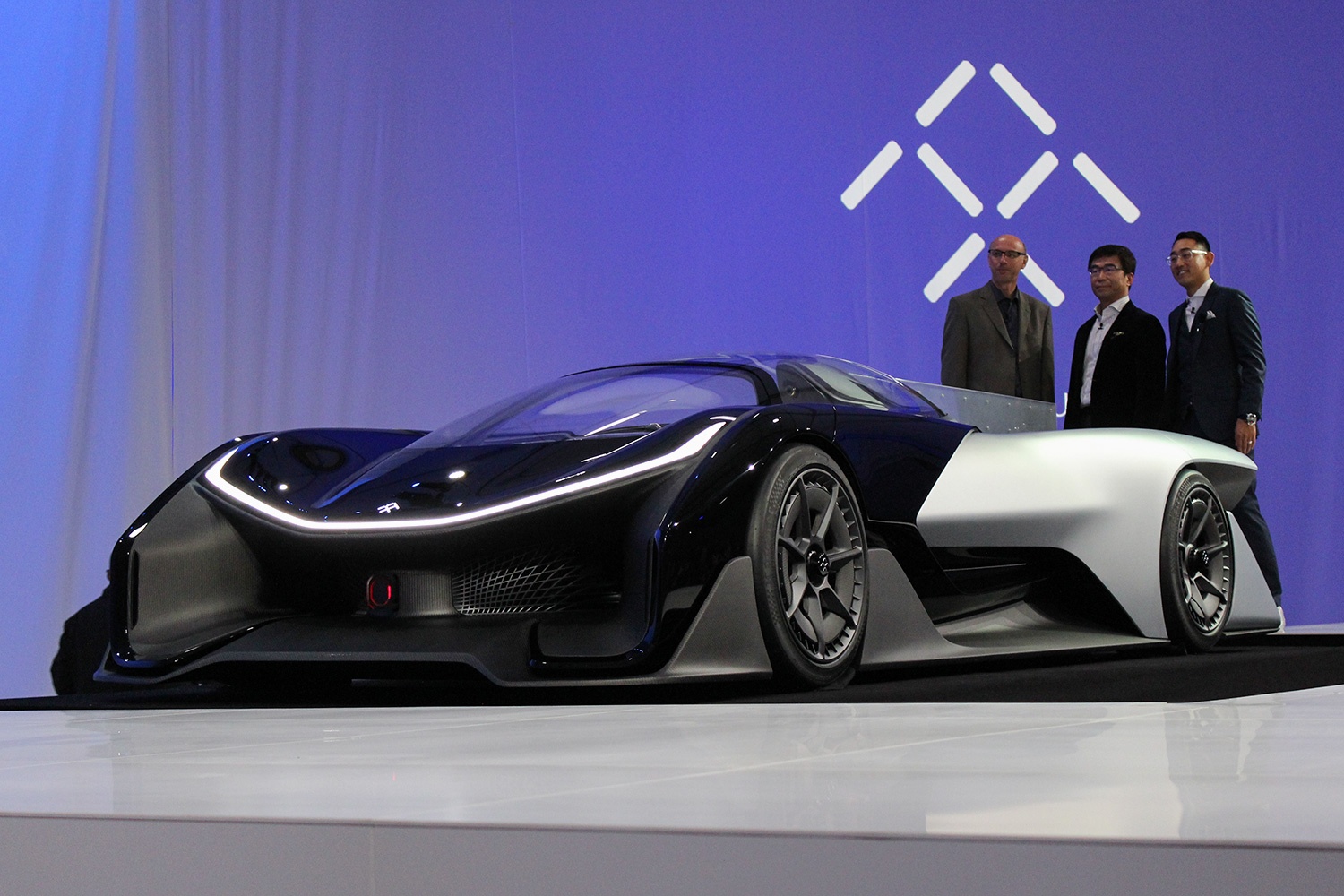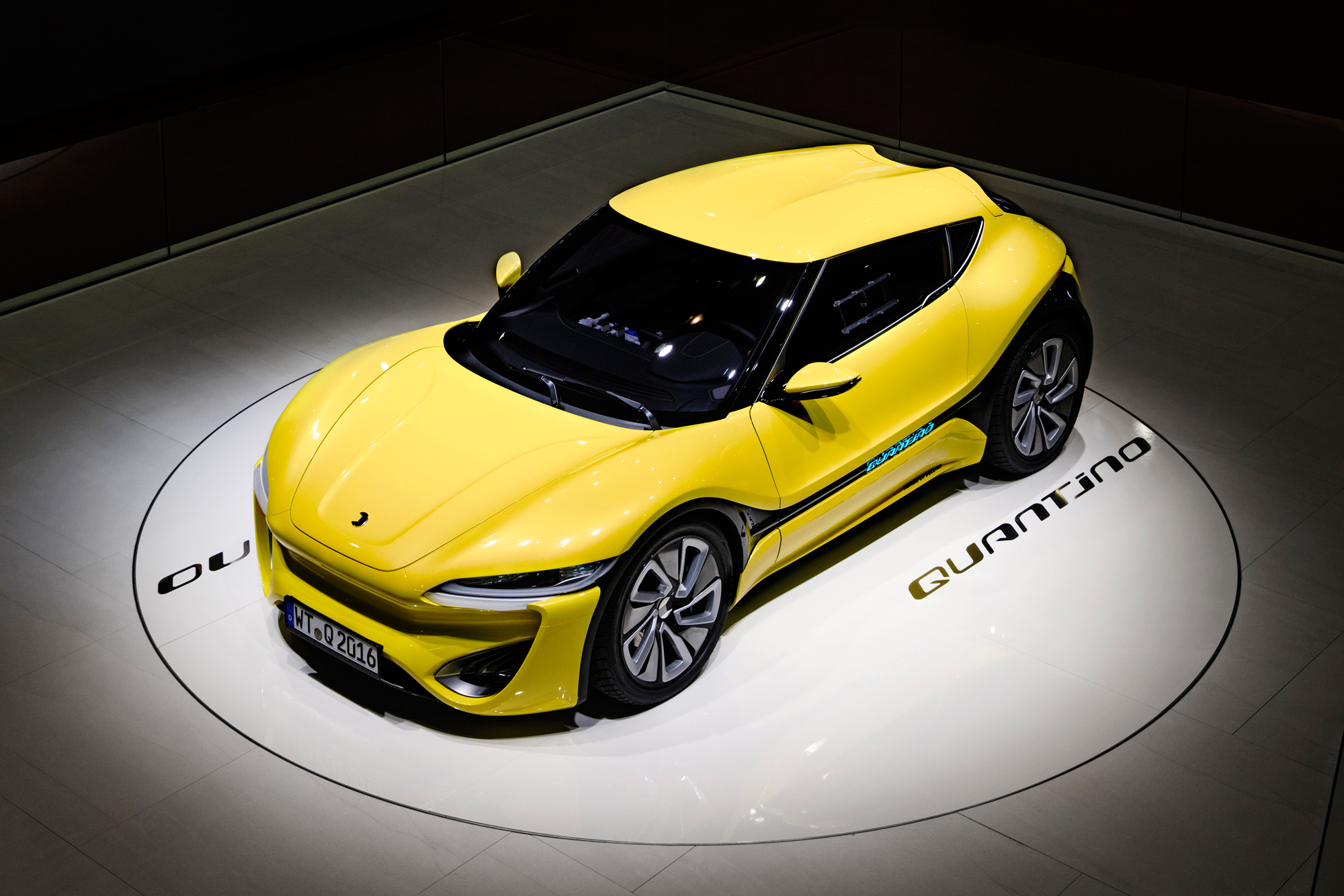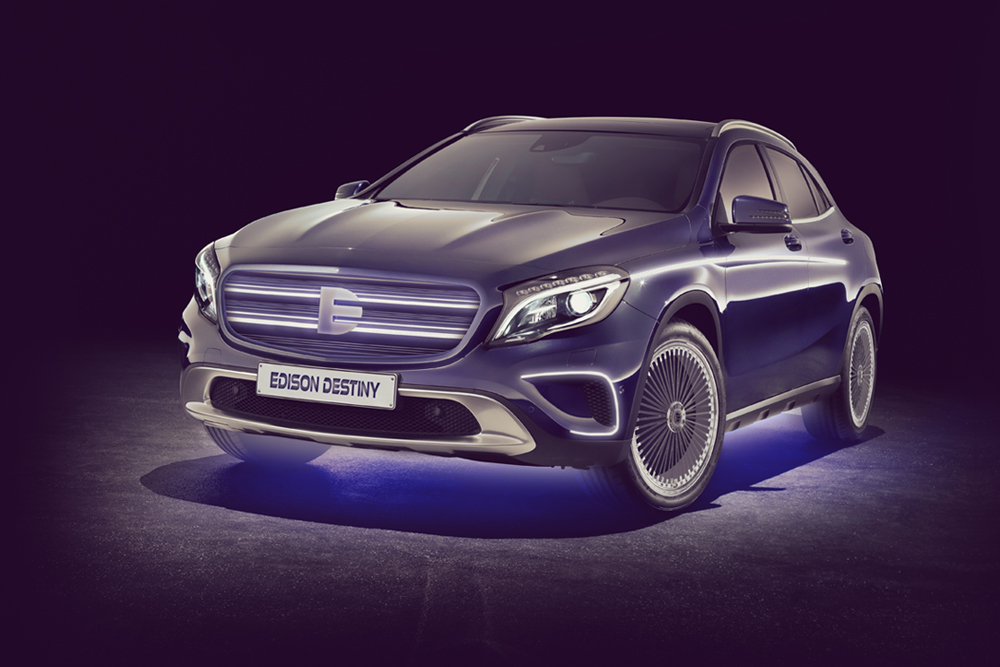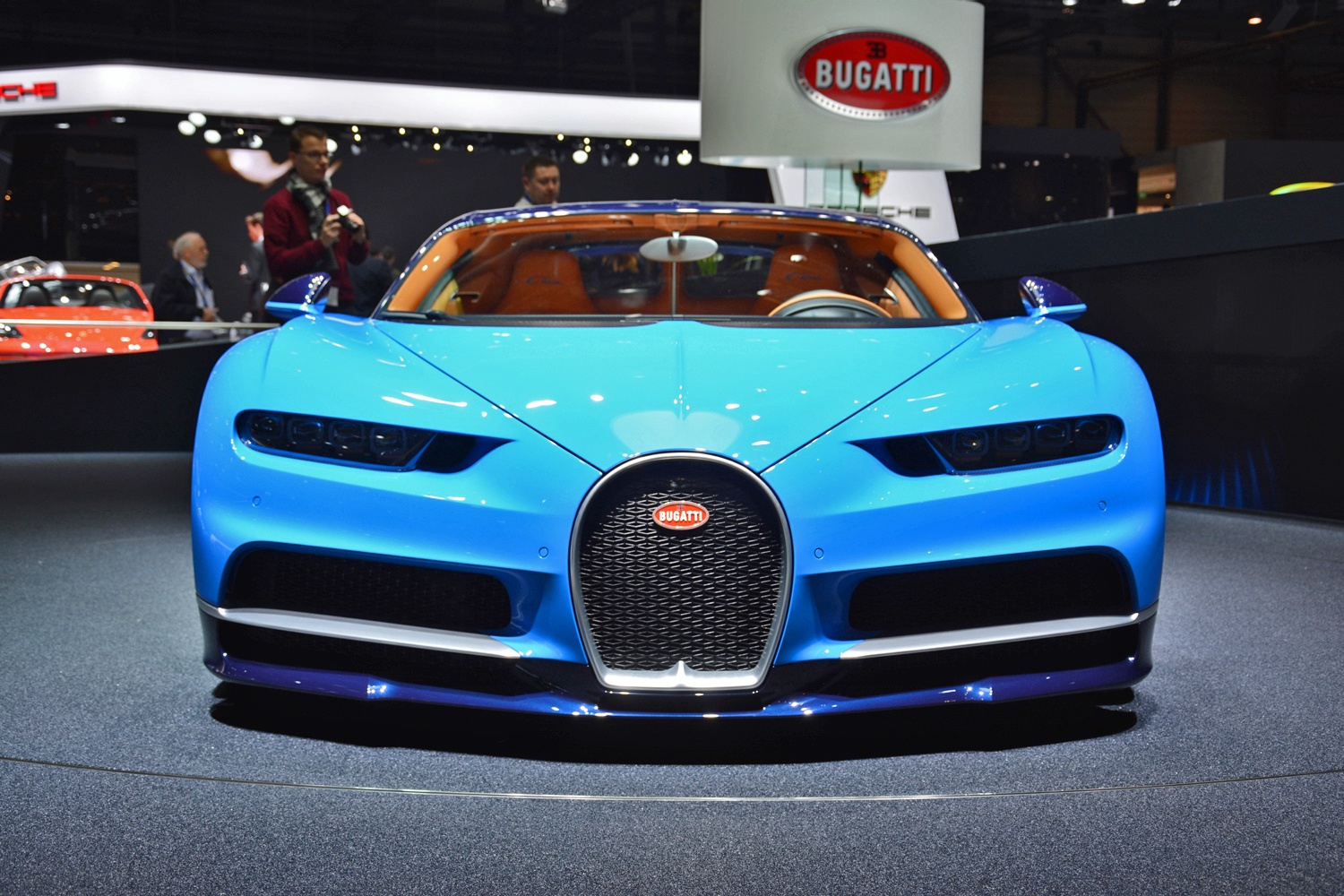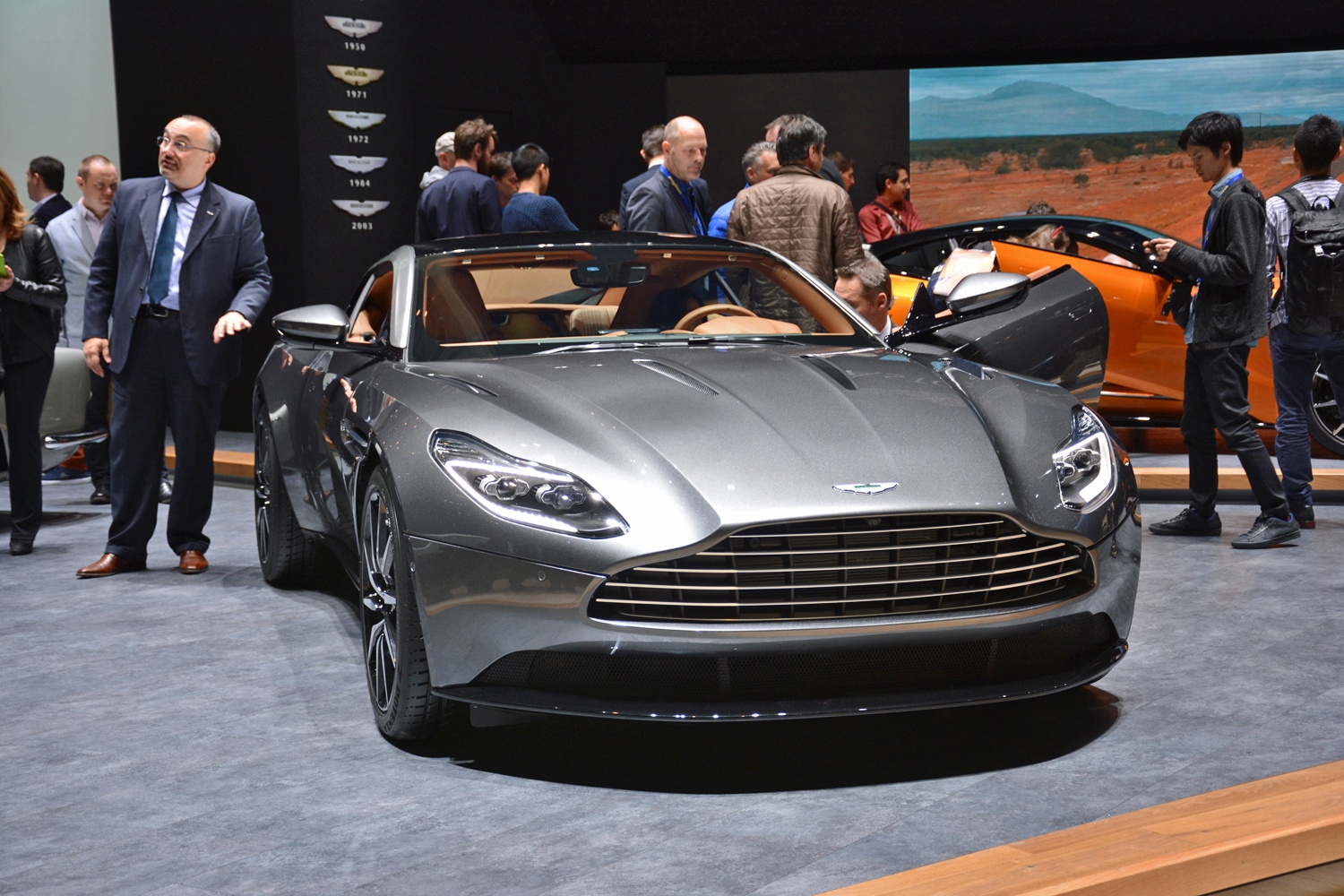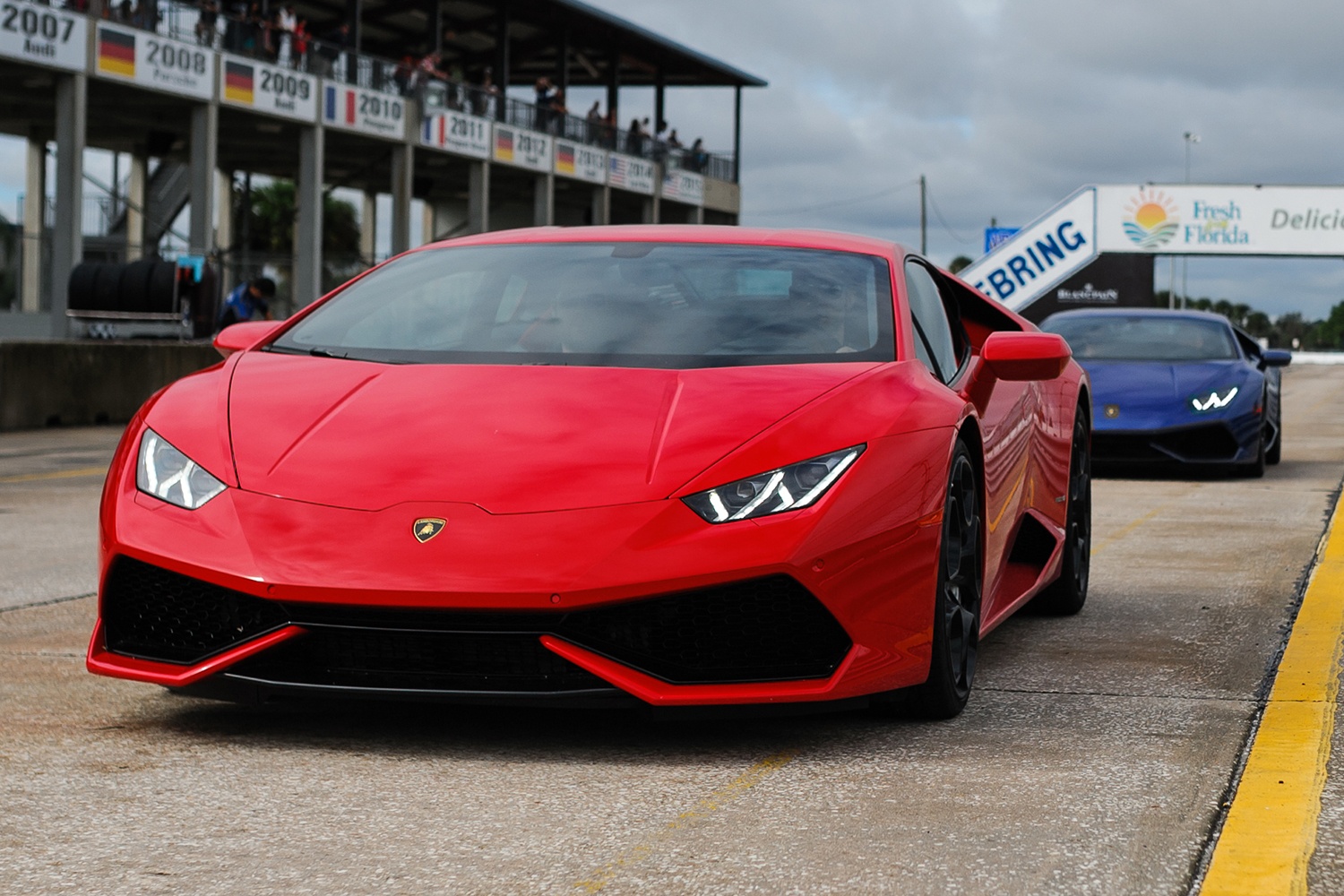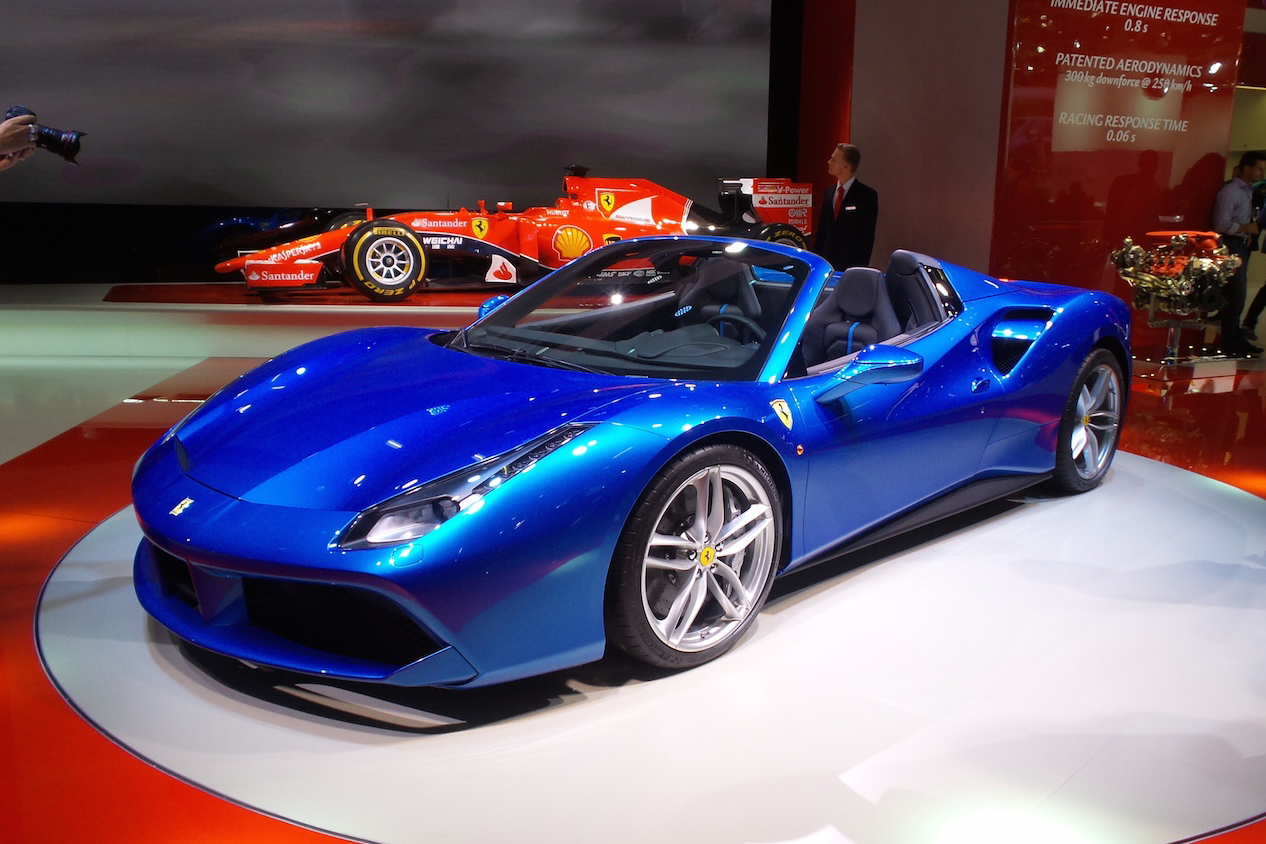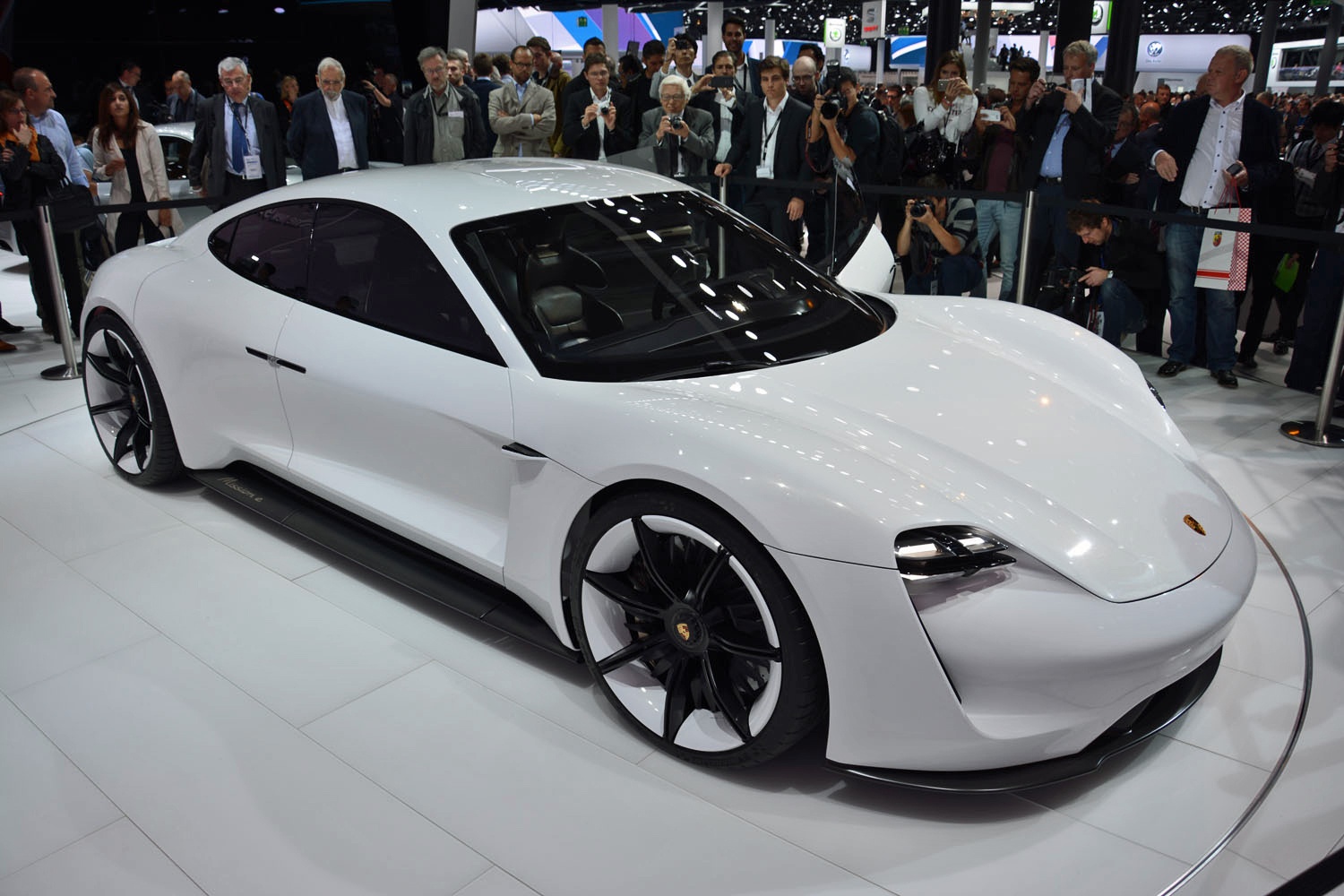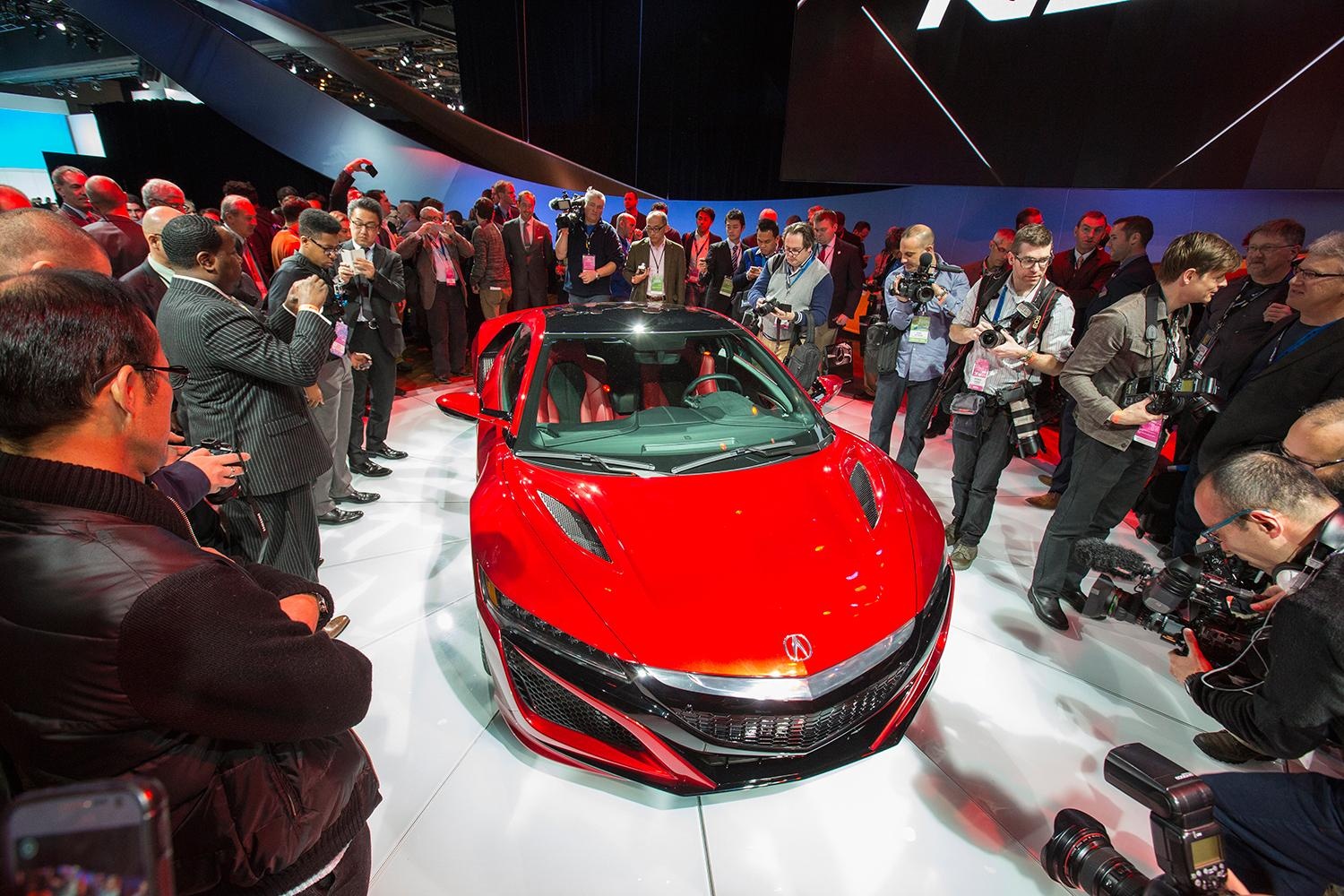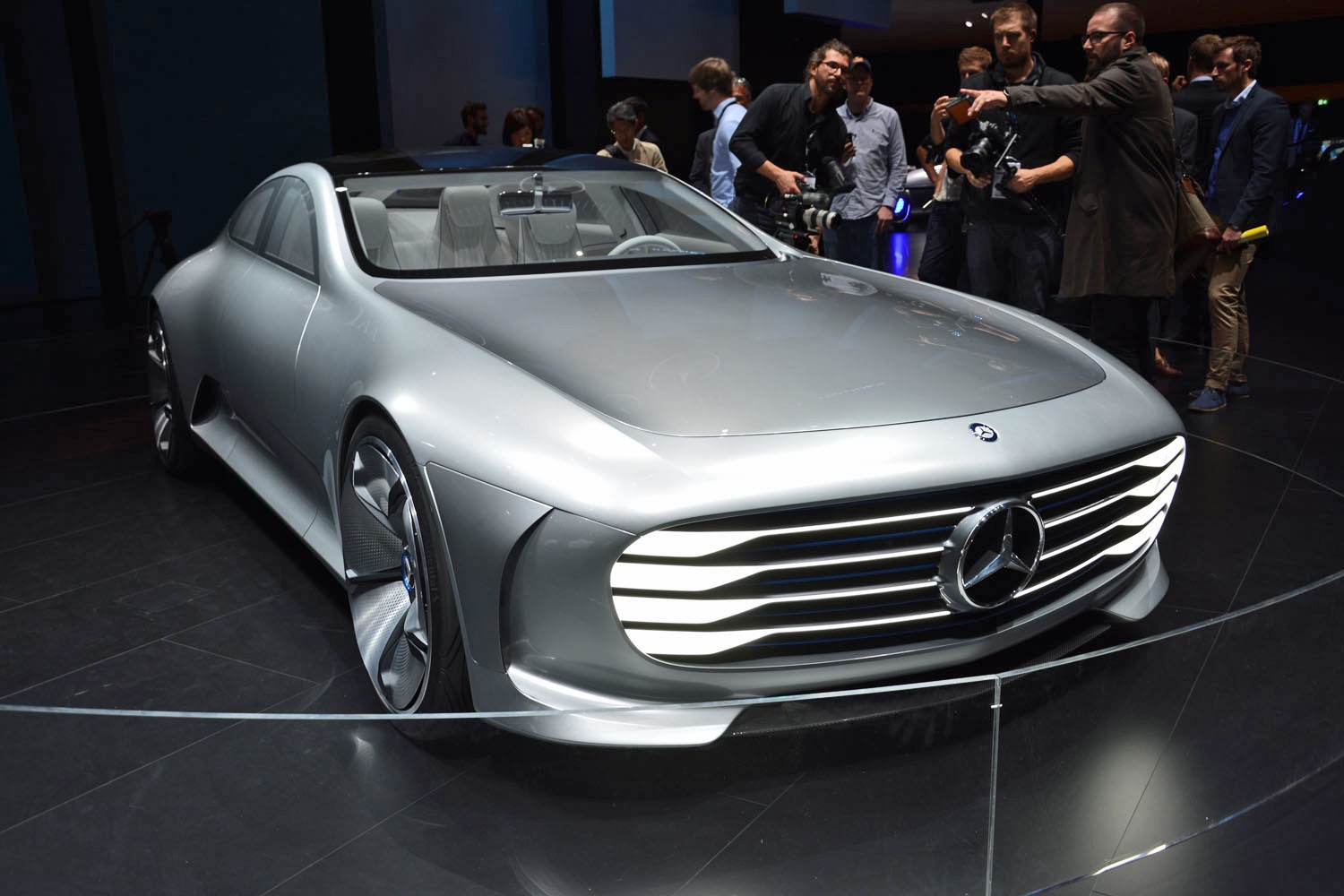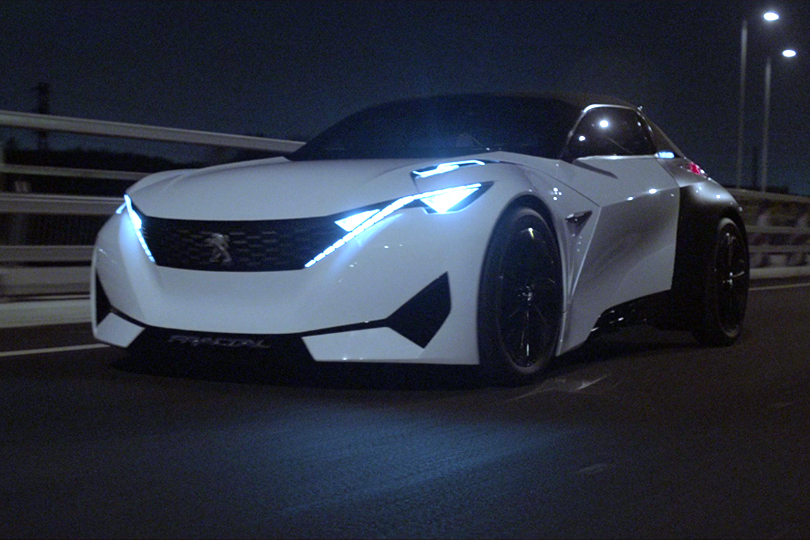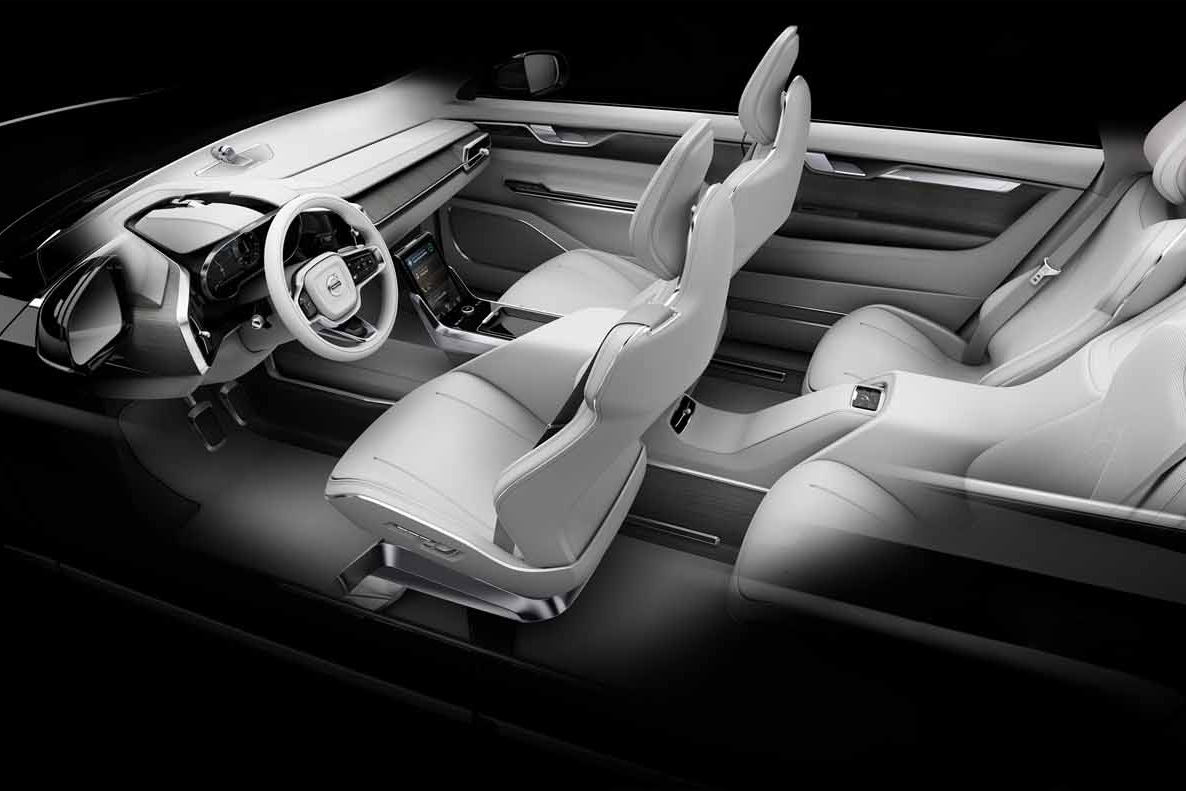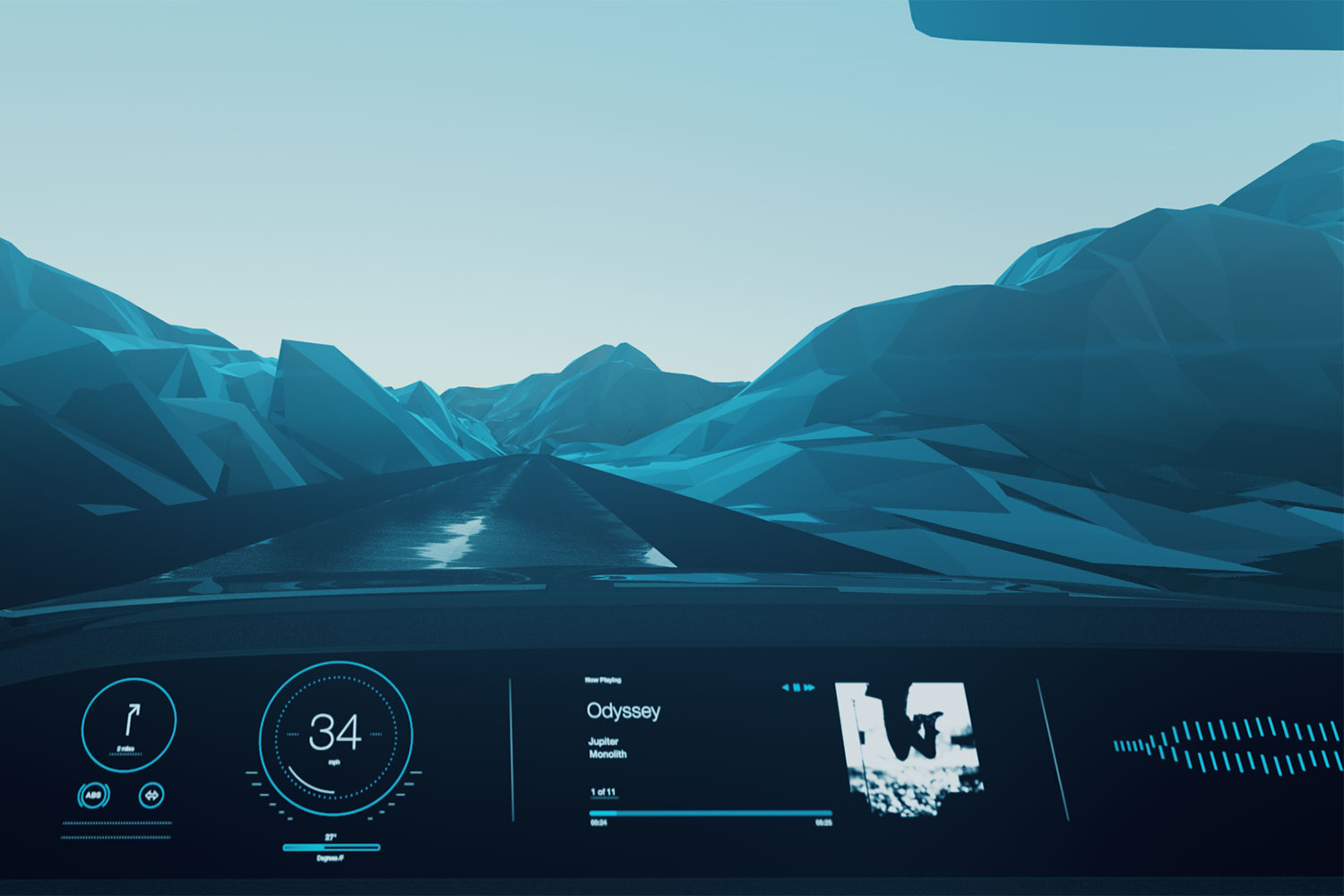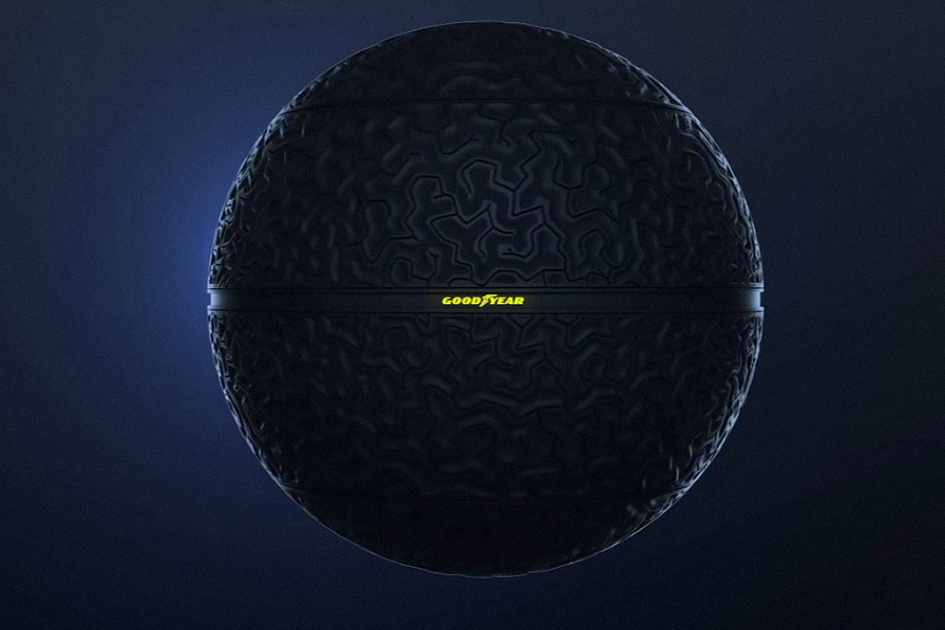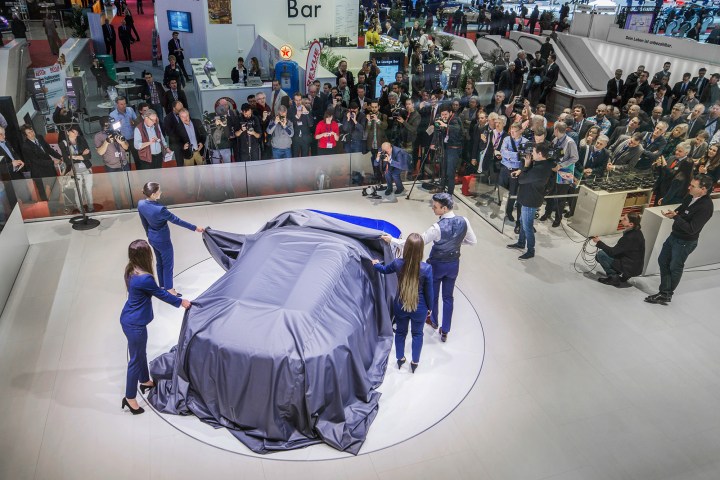
Supercars, EVs, and self-driving concepts cars made waves over the season’s six-month span, and now that the big stuff has (mostly) passed, we’d like to take a moment to reflect. In no particular order, these are six things we learned from the car show madness.
Technology shows are becoming auto shows
This January, two communities had an unusual face-off — the 2016 Consumer Electronics Show (CES) kicked off in Las Vegas just a few days before the 2016 Detroit Motor Show went down in Michigan. As two of the biggest events in their respective industries, we had the rare opportunity to see how they influenced each other.
Put simply, the Detroit Auto Show was completely overshadowed by the high-tech glitz of CES. Sin City held the debut of the production Chevy Bolt; Volkswagen unveiled its Budd-e Concept; and Ford showcased new LIDAR sensors that will help driverless cars avoid hitting the neighborhood dog. As for Detroit? Uh … the Honda Ridgeline came out?
Small startups pack big cahones
One our favorite trends from recent auto shows was the consistent appearance of plucky startups with “ambitious” goals. Remember Faraday Future and its 1,000-horsepower FFZERO1? We ate that stuff up, but Faraday wasn’t the only brand dreaming big this year.
Chinese startup Techrules revealed its 1,030-hp TREV supercar in Geneva, and the six-motor, 1,200-mile “Turbine-Recharging Electric Vehicle” was as eager for attention as its name suggests. NanoFlowcell’s salt-powered Quantino also made an impression with its ionic fluid power source and 124 mph top speed, and DS’ E-Tense Concept was similarly enthusiastic with 402 electric ponies and a 200-mile driving range. Finally, a polarizing new automaker dubbed Edison Destiny made a triumphant entrance into the market in April, proving that clearly, it’s a good time to get into the car business.
Supercars are here to stay
Supercars have little practical place in the world, but the boisterous and characteristically uncompromising vehicles flourished during auto show season. At the Geneva Motor Show alone, we saw the debuts of the Bugatti Chiron, Lamborghini Centenario, Porsche 911 R, Aston Martin DB11, Koenigsegg Regera, and countless others, each one a celebration of road-going insanity in their own way.
Outside of Geneva, cars like the Lamborghini Huracan LP 610-4 and Ferrari 488 touched down in public for the first time, proving that despite the eco-conscious state of the industry, hellacious speed is still very much in style. For that, we are thankful.
EVs are taking over the world
Not long ago, electric vehicles were denounced as slow, ugly battery packs with wheels, friendly to polar bears but offensive to almost all of the human senses. Cars like the Tesla Model S helped change that perception, but shows like Frankfurt, Geneva, and CES pushed the envelope even further.
Performance EVs and hybrids are all the rage right now, and with cars like the 600-hp Porsche Mission E, Acura NSX, and Taiwanese Thunder Power parked at the forefront, it’s easy to see why. As for Tesla, the brand doesn’t really do the whole auto show thing, but rest assured that Elon Musk and Co. have been quite busy. Check out our coverage of the new Model 3 there.
Concepts don’t have to be fast
When we think of a concept car, the first thing that usually comes to mind is an incredibly flashy design showcase with 1,000,000 horsepower and performance that would make a fighter jet jealous. That’s all well and good, but the best concepts we saw this year had a slightly different focus, and we’d like to highlight two of them here.
First, the Mercedes-Benz Concept IAA, a “digital transformer” that literally changes its shape to become more efficient. The sleek one-off — also known as the Intelligent Aerodynamic Automobile — uses an adaptive body structure that extends a variety of flaps and louvers when the vehicle reaches a certain speed, reducing turbulence and bringing drag coefficient down to an ultra-slippery 0.19. The concept’s styling is just one part of the equation though, because the car’s next-gen infotainment system uses Hollywood CGI technology to give its occupants a user experience unlike any other. Read more about Project Dash here.
While the shape-shifting Merc focuses on aerodynamics, Peugeot’s amazing Fractal Concept is all about sound. The chunky Frenchman is designed solely to enhance the sonic experience inside the cabin, and the coupe is appropriately fitted with anechoic exterior chambers, low-noise tires, and 3D-printed interior panels that enhance acoustics. Of course, the stereo system is top notch, as it boasts highly-rigid beryllium speakers and chair-mounted Subpac woofers that “gives the seat occupant a more intense and exclusive bass experience.” Check out Peugeot’s alluring Fractal video here.
An autonomous future, today
The self-driving future is approaching rapidly, so rapidly in fact that one could argue it’s already here. Sure, true driverless vehicles are still years away, but the building blocks have been laid and semi-autonomous cars are roaming the streets at this very moment.
The move toward autonomy was highlighted at the 2015 LA Auto Show in November, when Volvo debuted the striking Concept 26. Concept 26 isn’t exactly a car, rather an interpretation of an autonomous vehicle cockpit with multiple configurations. Depending on passenger preference, Concept 26 can arrange itself in “Drive,” “Create,” and “Relax” modes, which allow the occupant to control the car, use the vehicle’s integrated work station, or simply take a nap if desired. Who couldn’t use a nap on the way to work?
The whole auto show spell was ripe with autonomous news, including Department of Transportation Secretary Anthony Foxx laying out new self-driving rules at the Detroit Auto Show, IBM revealing a driverless concept with Watson in the dashboard, and Goodyear rolling out its Eagle-360 tires developed specifically for driverless cars.
It’s been a doozy of a season, fellow gearheads. Thanks for following along with DT Cars, and we’ll see you at the next show.
